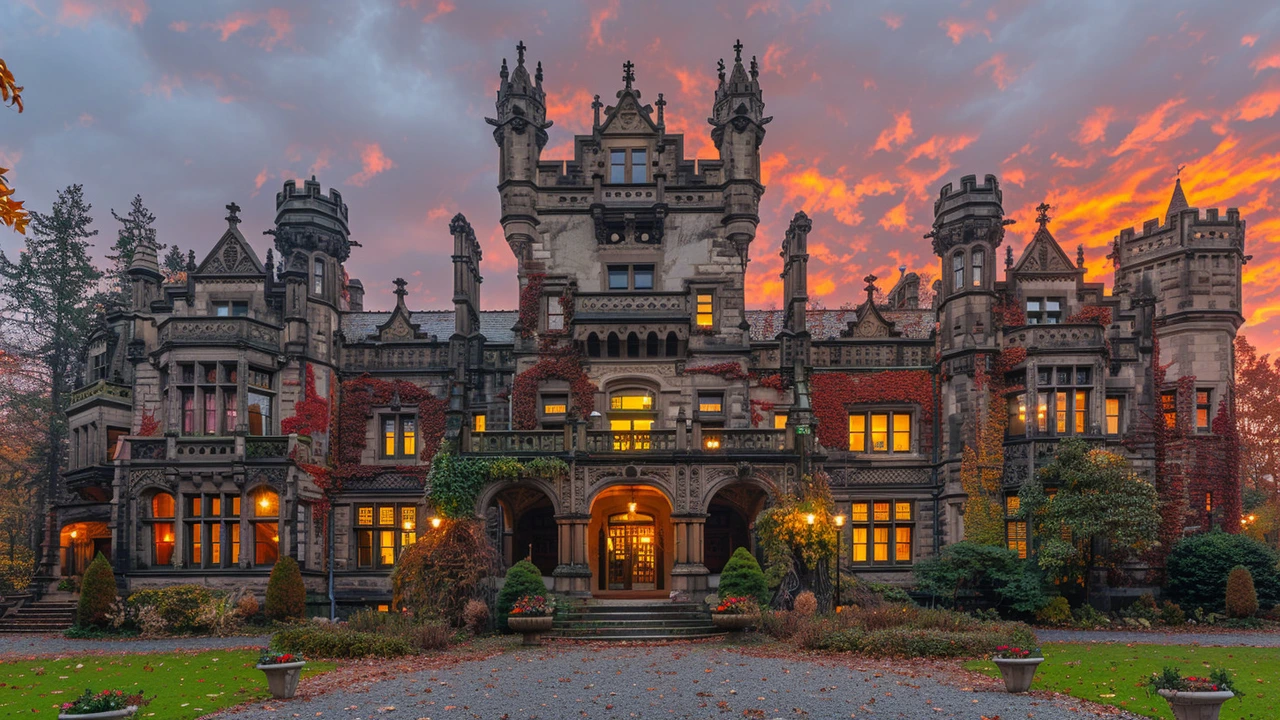Dive into the rich history of American Craftsman design, a style that revolutionized the architectural and interior design landscapes in the early 20th century. This article explores the origins of Craftsman design, its defining characteristics, notable architects, and the movement's lasting impact on American homes. Discover the timeless appeal of Craftsman architecture and how it continues to influence modern design principles. Learn how to incorporate Craftsman elements into your home for a touch of classic elegance and timeless design.
Craftsman Design: How to Spot, Live In, and Update a Craftsman Home
Love that warm, handcrafted look? Craftsman design is all about honest materials, simple forms, and built-in details that make a house feel like home. This page gives you clear signs to spot a Craftsman house, quick tips for decorating the interior, and smart ways to renovate without losing character.
What to look for: key exterior and interior features
Spotting a Craftsman starts at the curb. Look for a low-pitched, gabled roof and wide eaves with exposed rafters or decorative brackets. Big front porches are common—usually supported by tapered square columns set on stone or brick piers. Exterior materials lean natural: stained wood, shingles, and local stone are typical. Windows often include grouped panes on the top sash and a single pane below.
Inside, Craftsman homes favor built-in cabinetry, window seats, and open but cozy floor plans. You’ll see natural wood trim, simple moldings, and visible joinery. Fireplaces are a focal point—usually made from brick or stone with a heavy mantel. The palette stays warm and muted: earth tones, deep greens, rich browns, and soft creams work best.
Practical renovation and decorating tips
When updating a Craftsman house, keep the original bones visible. If you’re restoring, preserve trim, built-ins, and original windows when possible. Replace only what’s damaged and match wood grain and profile for trim pieces. Need better energy performance? Add insulation, weatherstrip windows, and install storm windows that keep the original sash intact rather than replacing it.
For kitchens and bathrooms, choose shaker-style cabinets, simple hardware, and natural materials like butcher block or honed stone. Keep tile settings classic—subway tiles or small hex tiles pair well with Craftsman homes. Lighting should be warm and functional: mission-style or simple metal fixtures complement the look without overpowering it.
Want to blend modern comfort with Craftsman charm? Add discreet tech and storage solutions so the house stays uncluttered. Use neutral contemporary furniture with natural textures—wool throws, linen cushions, and wooden coffee tables—to balance old and new. Avoid flashy finishes like chrome or glossy lacquer; favor matte and hand-finished surfaces.
Thinking about paint? Highlight woodwork by staining or choosing a paint that contrasts softly with trim. Exterior colors that echo nature—olive, deep red, earthy taupe—keep the house rooted in its style.
Buying a Craftsman? Check for foundation cracks, roof condition, and signs of water damage around porches and eaves. Inspect the chimney and fireplace structure closely. If built-ins are intact and in good shape, that adds real value.
Craftsman design is simple, honest, and built to last. Keep the materials real, repairs sympathetic, and the layout uncluttered. Do that, and you’ll keep both the style and the soul of the house intact.

